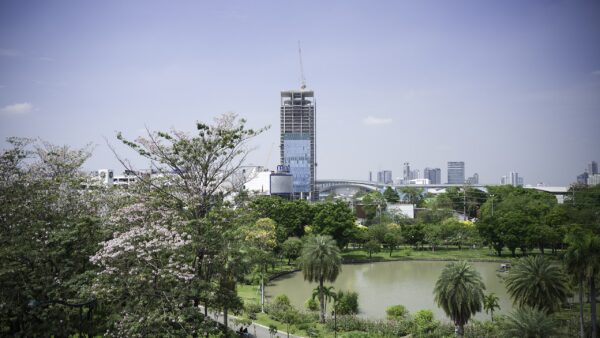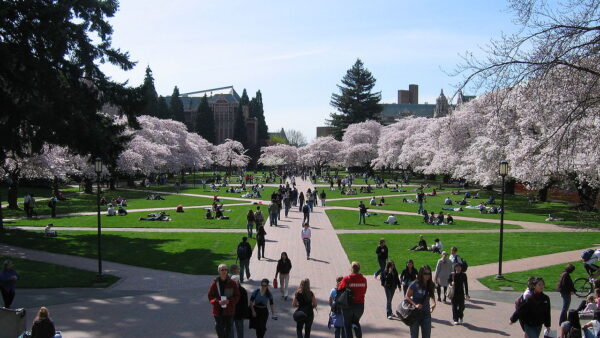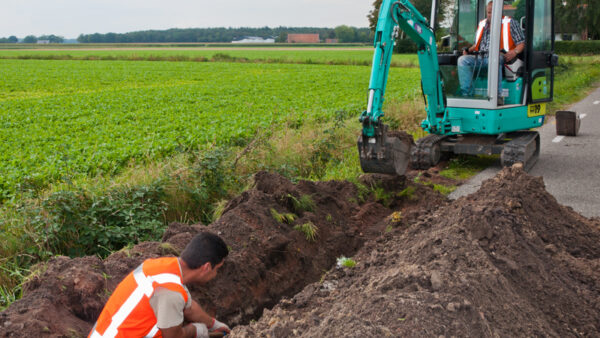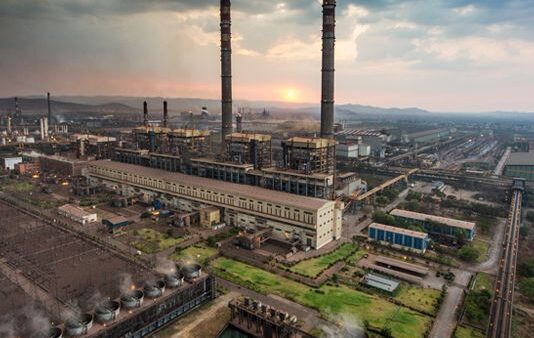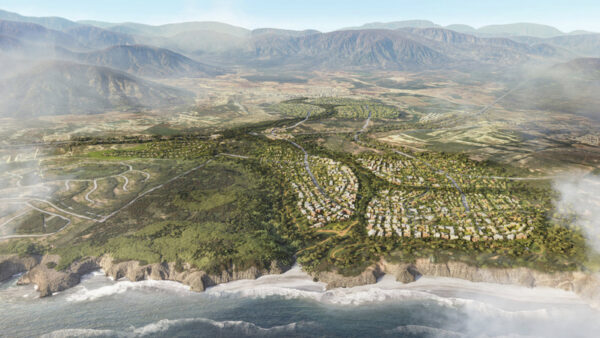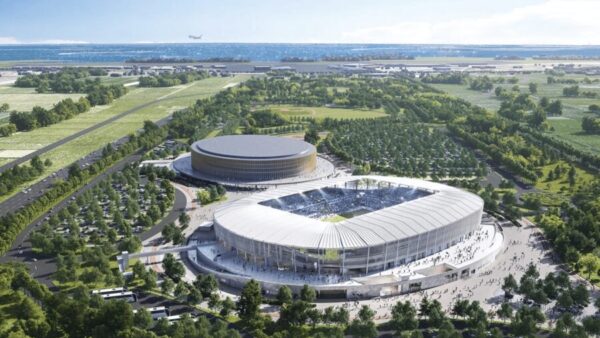The Union of Russian Architects has launched a competition for ideas to redevelop Lenin’s mausoleum, which has dominated Moscow’s Red Square since 1930.
A debate about the monument, which contains the revolutionary leader’s embalmed remains, has been simmering since the Soviet Union collapsed in 1990.
But the Russian Communist Party reacted angrily to the intiative, calling it a “dirty provocation”.
The union described its initiative, launched on Friday, as a “suggestion box” on reusing the building. https://sputniknews.com/russia/202009121080439672-will-lenin-rest-in-peace-mausoleum-reuse-competition-announced-in-russia/
Architects have also been asked to make a sketch of the building as a museum dedicated to its own design and construction.Â
The results of the competition will be announced at the union’s Zodchestvo 2020 festival in November, based around the theme of “eternity”.Â
Gennady Zyuganov, the leader of the Russian Communist Party, described the idea of reusing the monument as a “dirty provocation” and “spitting on the grave” of the founder of the Soviet Union.Â
Nikolay Shumankov, president of the architects’ union, said the competition was not intended to make any political points.Â
“We do not propose to remove Lenin,” he said. “We do not propose to demolish the mausoleum. We propose to find a solution for the further use of the greatest work of Soviet architecture.” [https://www.rt.com/russia/500577-mausoleum-lenin-repurpose-reaction/]
After VI Lenin died in January 1924, his body was embalmed and put on public display in a temporary wooden structure on Red Square.Â
In 1930, this was replaced by a permanent building made from marble, porphyry, granite and labradorite, designed by architects Alexey Shchusev, IA Frantsuz and GK Yakovlev.Â
In later years it was also used by Soviet leaders as a viewing stand for during parades in Red Square.
The union described the 1930 building as “an unconditional masterpiece of 20th century architecture”.Â
After the fall of the Soviet Union in 1990, a debate began on whether Lenin’s body should be buried and the mausoleum reused as something else.Â
However, Russian president Vladimir Putin said in 2019 that he was opposed to this.Â
“In my view we should not touch this, at least while we have many people who connect their own lives with … the achievements of the past, of the Soviet years,” he said.
Many statues of Lenin were torn down across the former Communist bloc after 1990, however most Russian cities still have at least one.Â
Others exist in Cuba, Vietnam, Germany, Northern Ireland, the US, the Netherlands and Antarctica.
Image: Lenin’s mausoleum in Red Square (Staron/CC BY-SA 3.0)Â
https://creativecommons.org/licenses/by-sa/3.0/Â
Further reading:Â
Estonian National Museum to confront country’s “painful history”
https://www.globalconstructionreview.com/news/estonian-national-m7useum-conf7ront-coun7trys/
Russia to invest $650m in renewing former gulag citya
https://www.globalconstructionreview.com/news/russia-invest-650m-renewing-former-gulag-city/
The Union of Russian Architects has launched a competition for ideas to redevelop Vladimir Lenin’s mausoleum, which has dominated Moscow’s Red Square since 1930.
A debate about the monument, which contains the revolutionary leader’s embalmed remains, has been simmering since the Soviet Union collapsed in 1990.
But the Russian Communist Party reacted angrily to the intiative, calling it a “dirty provocation”.
The union described its initiative, launched on Friday, as a “suggestion box” on reusing the building.
Architects have also been asked to make a sketch of the building as a museum dedicated to its own design and construction.Â
The results of the competition will be announced at the union’s Zodchestvo 2020 festival in November, based around the theme of “eternity”.Â
Gennady Zyuganov, the leader of the Russian Communist Party, described the idea of reusing the monument as a “dirty provocation” and “spitting on the grave” of the founder of the Soviet Union.Â
Nikolay Shumankov, president of the architects’ union, said the competition was not intended to make any political points.Â
“We do not propose to remove Lenin,” he said. “We do not propose to demolish the mausoleum. We propose to find a solution for the further use of the greatest work of Soviet architecture.”
After Lenin died in January 1924, his body was embalmed and put on public display in a temporary wooden structure on Red Square.Â
In 1930, this was replaced by a permanent building made from marble, porphyry, granite and labradorite, designed by architects Alexey Shchusev, IA Frantsuz and GK Yakovlev.Â
In later years it was also used by Soviet leaders as a viewing stand for during parades in Red Square.
The union described the 1930 building as “an unconditional masterpiece of 20th century architecture”.Â
After the fall of the Soviet Union in 1990, a debate began on whether Lenin’s body should be buried and the mausoleum reused as something else.Â
However, Russian president Vladimir Putin said in 2019 that he was opposed to this.Â
“In my view we should not touch this, at least while we have many people who connect their own lives with … the achievements of the past, of the Soviet years,” he said.
Many statues of Lenin were torn down across the former Communist bloc after 1990, however most Russian cities still have at least one.Â
Others exist in Cuba, Vietnam, Germany, Northern Ireland, the US, the Netherlands and Antarctica.
Image: Lenin’s mausoleum in Red Square (Staron/CC BY-SA 3.0)
Further reading:Â





